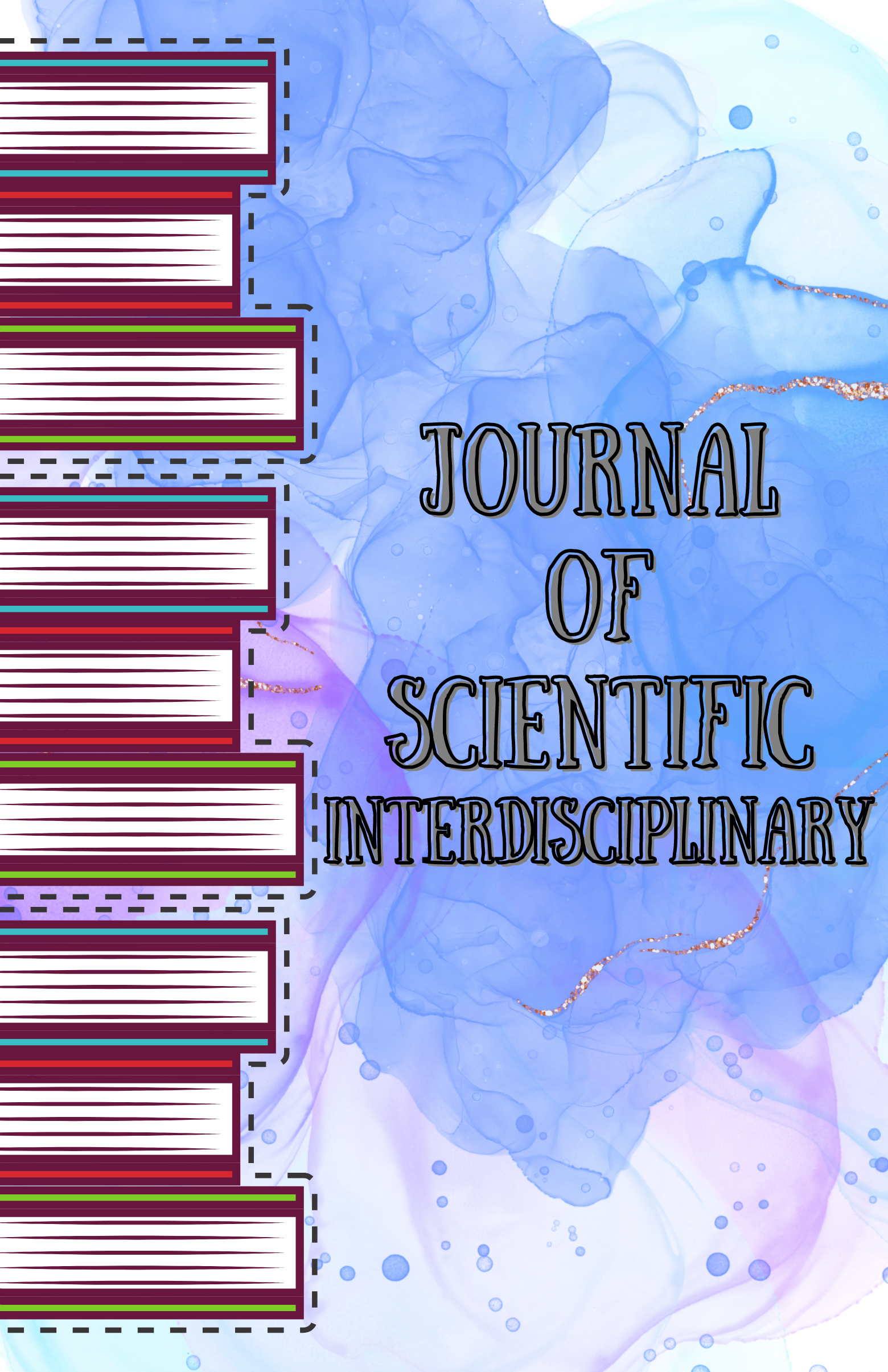Daily Peak Load Forecasting At PT. PLN Uses Anfis(Adaptive Neuro-Fuzzy Inference System)
DOI:
https://doi.org/10.62504/jis1250Keywords:
load forecasting, ANFIS daily peak loadAbstract
The demand for electrical energy continues to rise with the progression of time. This growth must be matched by a reliable and cost-effective supply of electricity, requiring power systems that are both dependable and economical. Since the amount of electricity consumed by users cannot be precisely predicted, balancing generation with consumption necessitates accurate electrical load forecasting. This study focuses on load forecasting using the Adaptive Neuro-Fuzzy Inference System (ANFIS) method. The forecast developed targets daily peak loads, which fall under short-term load forecasting. The data used for this forecasting consists of historical daily peak loads from January 1, 2017, to June 9, 2022. The forecasting process involves parameters such as radius, squash factor, accept ratio, reject ratio, and epoch. The forecast accuracy is evaluated using the Mean Absolute Percentage Error (MAPE) metric. The results are then compared with PLN’s load forecasting, which employs the load coefficient method. The ANFIS-based forecasting achieved a MAPE of 1.879%, using networks Jaringan_24 and Jaringan_25. This MAPE value is slightly lower than PLN’s load forecasting MAPE of 1.917%, indicating better accuracy by the ANFIS method.
Downloads
References
Marsudi, Djiteng, Operasi Sistem Tenaga Listrik, Jakarta: Balai Penerbit dan Humas ISTN, 2006.
Suswanto, Daman, Sistem Distribusi Tenaga Listrik untuk Mahasiswa Teknik Elektro, Padang: Universitas Negeri Padang, 2009.
Handoko, Bagus, Peramalan Beban Listrik Jangka Pendek pada Sistem Kelistrikan Jawa Timur dan Bali Menggunakan Fuzzy Time Series, Surabaya: Institut Teknologi Sepuluh November Surabaya, 2010.
A. Sari, Dinar, Peramalan Beban Jangka Pendek Menggunakan Jaringan Syaraf Tiruan Backpropagation, Semarang: Universitas Diponegoro, 2007.
Widyapratiwi, L.K., Peramalan Beban Listrik Jangka Pendek di Bali Menggunakan Pendekatan Adaptive Neuro-Fuzzy Inference System (ANFIS), Bali: Universitas Udayana, 2012.
Supranto, J., Metode Peramalan Kuantitatif untuk Perencanaan, Jakarta: Gramedia, 2004.
Wibowo, Helmi dkk., Peramalan Beban Listrik Jangka Pendek Terklasifikasi Berbasis Metode Autoregressive Integrated Moving Average, Jurnal Universitas Pendidikan Indonesia, Vol.11 No.2, Hal. 44-50, 2012.
Arnold, J.R. Tony, Chapman, dan N. Stephen, Introduction to Material Management. New Jersey: Prentice-Hall Inc, 2004.
Dwiantoro, Bagus, Peramalan Beban Listrik Jangka Pendek Berdasarkan Data Historis Menggunakan Metode GARCH, Depok: Universitas Indonesia, 2012.
Jang, J.S. Roger, Sun, Chuen-Tsai, dan M. Eiji, Neuro-Fuzzy and Soft Computing, USA: Prentice-Hall International, 1997.
Kusumadewi, Sri dan Hartati, Sri, Neuro-Fuzzy: Integrasi Sistem Fuzzy & Jaringan Syaraf Tiruan, Yogyakarta: Graha Ilmu, 2010.
Lin, Chin-Teng dan Lee, George, Neural Fuzzy Systems, London: prentice-hall, 1996.
Kusumadewi, Sri dan Purnomo, Hari, Aplikasi Logika Fuzzy untuk Pendukung Keputusan, Yogyakarta: Graha Ilmu, 2010.
Kusumadewi, Sri, Artificial Intelligence (Teknik dan Aplikasinya), Yogyakarta: Graha Ilmu, 2003.
Widodo, P.P dan Handayanto, R.T., Penerapan Soft Computing dengan Matlab, Jakarta: Rekayasa Sains, 2012.
Wati, D.A.R., Sistem Kendali Cerdas: Fuzzy Logic Controller (FLC), Jaringan Syaraf Tiruan (JST), Algoritma Genetik (AG), dan Algoritma Particle Swarm Optimization (PSO), Yogyakarta: Graha Ilmu, 2011.
Cheng, Ching-Hsue dan Wei, Liang-Ying, One Step-Ahead ANFIS Time Series Model for Forecasting Electricity Load, Optim Eng, Vol.11, pp. 303-317, 2010.
Keshavarzi, Ali dkk., Fuzzy Clustering Analysis for Modeling of Soil Cation Exchange Capacity, Australian Journal of Agricultural Engineering, Vol.3(1), pp.27-33, 2012.
Downloads
Published
Issue
Section
License
Copyright (c) 2025 Susatyo Handoko , Karnoto (Author)

This work is licensed under a Creative Commons Attribution-ShareAlike 4.0 International License.













